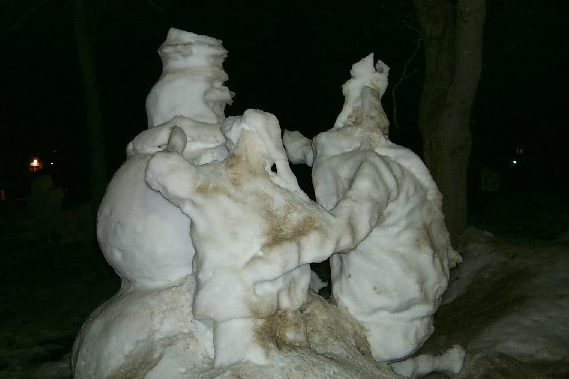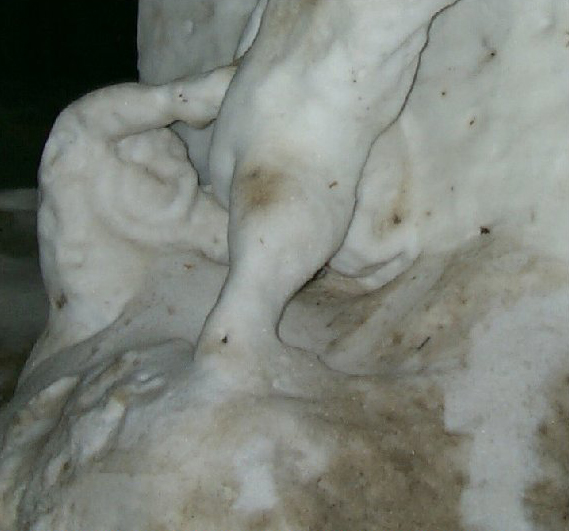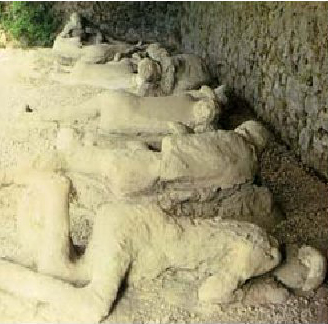
March 28, 2001
Beginning of the Road
By Dane Sorensen
The winds of Spring have been doing their work of whittling down the piles of snow that seem to be everywhere in Ely. Good old Mr. Sun has helped raise spirits and lower piles of snow as well. The promise of flowers and army worms makes me happy. One thing that these warming forces have done is change our beloved snow sculptures in the park. This year the city, with the exception of the Pink Elephant, have allowed the snow sculptures from the Voyageur Winter Festival to slowly melt into something the sculptors never dreamed of.
A lot of people have long ago lost interest in these works of art since the sun and warm breezes have marred the crisp outlines of the artistís design. For me I am still captivated and I still slow down when I drive by. I look upon the changes as a form of natural evolution. Nature is transforming these works of man into something new and just as interesting.

Some of the snow sculptures have become eerie symbols of the old 20th Century. The cold distorted humanoid shapes remind me of Picassoís Guanaco which is a famous mural showing the dehumanization caused by the Spanish Civil War. I donít know why my thoughts went to so gruesome an image as that? Perhaps it is because the winter has worn out its welcome? Trying to forget the 20th Century sometimes the snow sculptures remind me of the dead of Pompeii. In 1866 they discovered that the hollow spaces they found in the soil of Pompeii could be filled with Plaster of Paris. When the soil was removed a moment of death was revealed in the form of a fallen human.


In a way the melting of our lyrical snow sculptures has added a new layer of profundity for me. We are so often, as a race, so proud of our accomplishments. Like a child that has drawn a picture and expects their parents to display it forever on the refrigerator door we beam at our creations. Yet Nature knows otherwise. So little of each generation survives.
I can remember how moved I was when I viewed the Elgin Marbles which were taken from the Parthenon. The beauty and spirit of the se Greek masterpieces cannot be described. I felt an almost spiritual feeling that connected me with the past. The Greeks come to us as a very formal and rational civilization. It is true that rationalism and logic were gifts given to us by the Greeks, but the true reality is that the Parthenon sculptures were as colorful as the Pink Elephant that was razed by the city. The Parthenon was brightly painted and as garish to us as a cheap Mexican black velvet painting of Elvis. Nature has added much to the Elgin Marbles and given them a dignity we appreciate. I feel that is the same for our weary snow sculptures that still grace Whiteside Park. Now more than ever they can speak to our soul and reveal both shadow and darkness.
Like passing clouds that are always changing shape our snow sculptures are evolving and changing. I feel lucky to be in a town that has a soul and is willing to express it in snow. We can enjoy them when they are fresh and young and we can enjoy them even more when they have become misshapen and mysterious. Even as we dream again of open water on our blue lakes these piles of snow reveal fantasies of imagination that are just as interesting as the fallen of Vesuvius and the colorless stones of Greece. I am sorry our snow sculptures will not be around to teach us as do the plaster forms of Vesuvius and the Elgin Marbles. However, I do feel lucky that I did not have to wait 2000 years to see our snow sculptures achieve the profundity of the Greeksí handiwork. It only took the warm breezes of March to accomplish that. Thank you Mother Nature for change and for everything else, too.